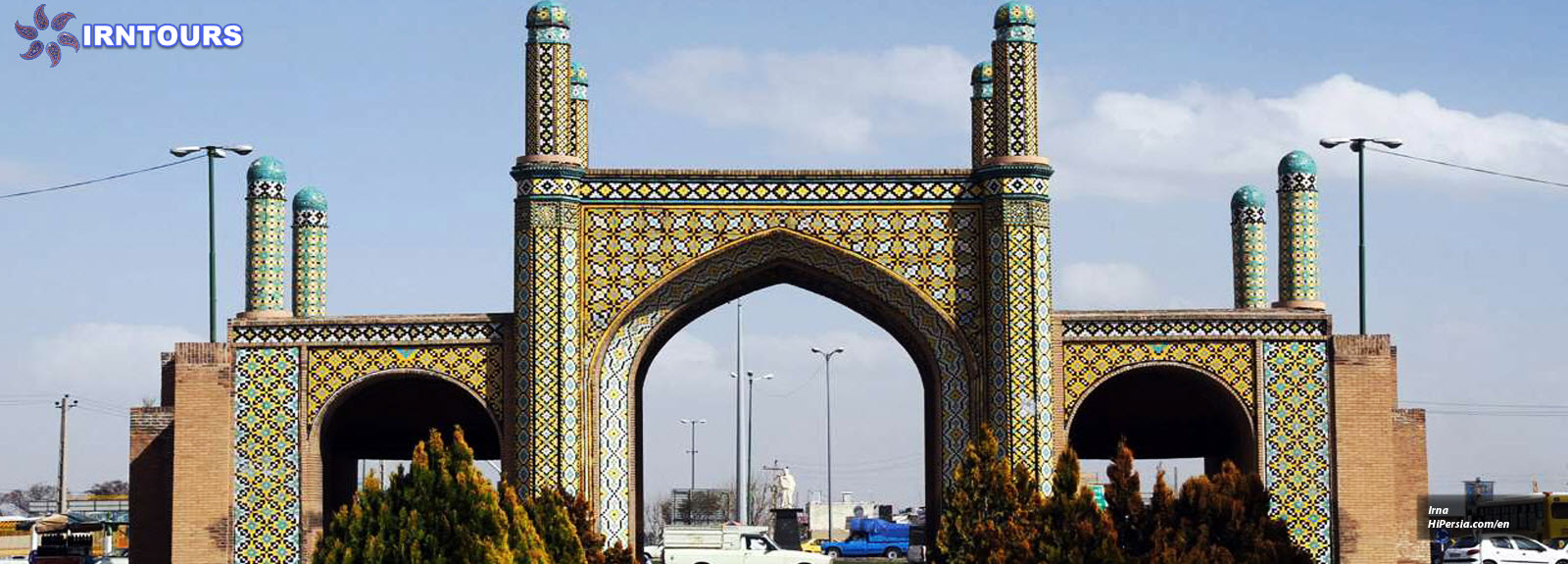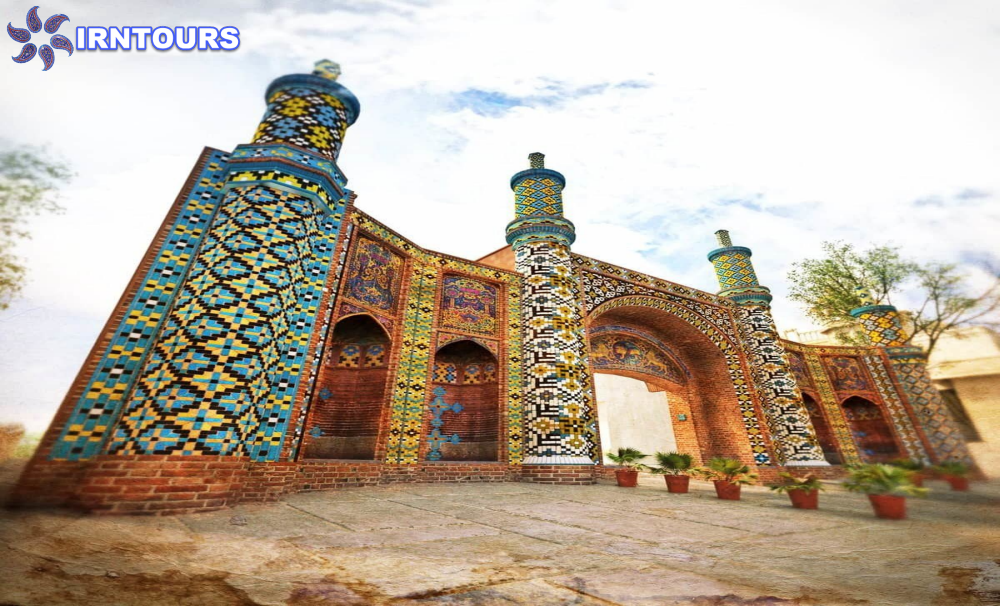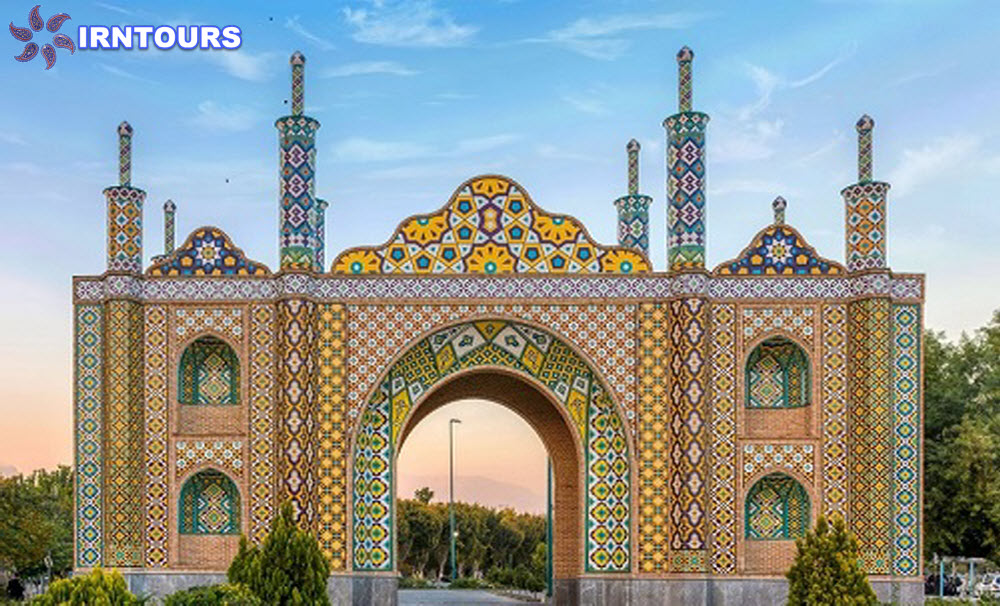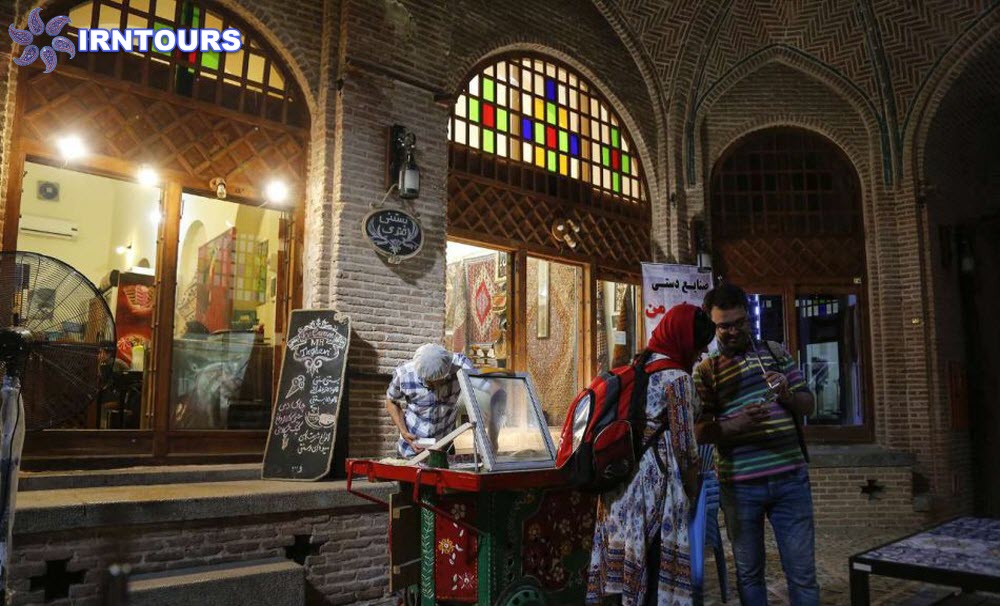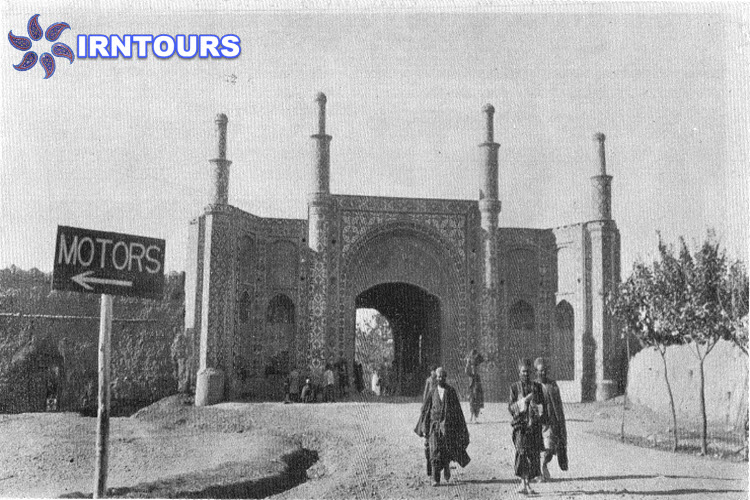
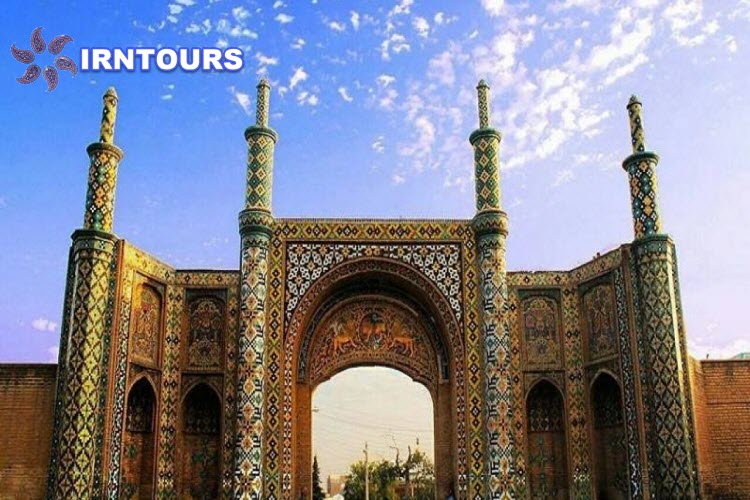
About Qazivin Darb Kushk Gate
Qazvin Kushk Gate is one of the important and historical gates of this city, which is located at the end of the old Azadi or Naderi Street in the current Qazvin. In the past, this great gate opened to Alamut, Rudbar and Kushk, as well as hunting grounds in the north of Qazvin. The name of the gate of Qazvin Koshk was registered in the list of national monuments of Iran on March 26, 1353 with registration number 391.
History Of Qazivin Darb Kushk Gate
In the past, there were fences and gates around the city of Qazvin to ensure its security. In the middle of the 3rd century of Hijri, Qazvin had seven gates through which people traveled. The number of gates reached 9 in the Qajar period, which were connected by fences. These gates included Panh Riseh, Rah Kushk, Sheikh Abad, Rasht, Moghlawok, Khandaqbar, Shahzad Hossein, Mosli, and Tehran Gate; But what remains now, the two gates known as “Tehran Gate” in the south of the city and “Kushk Gate” in the north of the city, are a legacy of the Qajar period, and each of them is considered one of the tourist attractions of Qazvin.
The date of the construction of Darb Kushk gate is 1296 AH and the reign of Mir Mohammad Hossein Azd al-Malek Qazvini. Later, Prince Azd-Dulah ordered tiling and adding various decorations to this gate.
The architecture of the door of the kushk
The entrance to the hut is semi-circular and is of the arch type. A view of the gate facing the city is undecorated and has a brick look; But its external facade has tiling and formalization. This tiling was done during the reign of Azd al-Mulk Qajar.
The arches of the gate of Qazvin Kushk are not placed on a straight line. On both sides of the entrance of the gate, there are two arches with a small width, which are smoothly developed and seem to embrace the travelers and guide them.
Tips for visiting the Darb Kushk gate
The streets around the door of the booth are crowded and busy.
There are not enough parking spaces around the door of the kiosk; Therefore, it is better to use public transport.
There is a store, a green area and a toilet in the area of the door gate of the kiosk.
The lighting of the night view of Qazvin Koshk Gate Gate is very popular.
Peddlers and stalls selling souvenirs and handicrafts are selling their goods around the gate of the kiosk.
It is free to visit the gate.
Sightseeing places around the gate of Darb Kushk
- Qazvin Bazzar : Qazvin Bazaar is one of the most important historical buildings of the Safavid period, which expanded in the early Qajar period. This market, which is located in the old context of Qazvin city and on Imam Khomeini street, consists of many mansions and caravanserais, among which we can mention Saad al-Sultaneh palace and Qaisarieh palace. Qazvin market is a good place to buy items such as rugs, rugs, carpets, glass paintings, Qazvin sweets, fruits, etc.
- Alamut Castle : Alamut Castle, located in Gazerkhan village near Qazvin city, is one of the most famous castles in Iran, dating back to the Hasan Sabah period and the Seljuk era. Access to this castle, which has only one entrance due to security, requires a 45-minute hike and is not recommended for the elderly and disabled.

